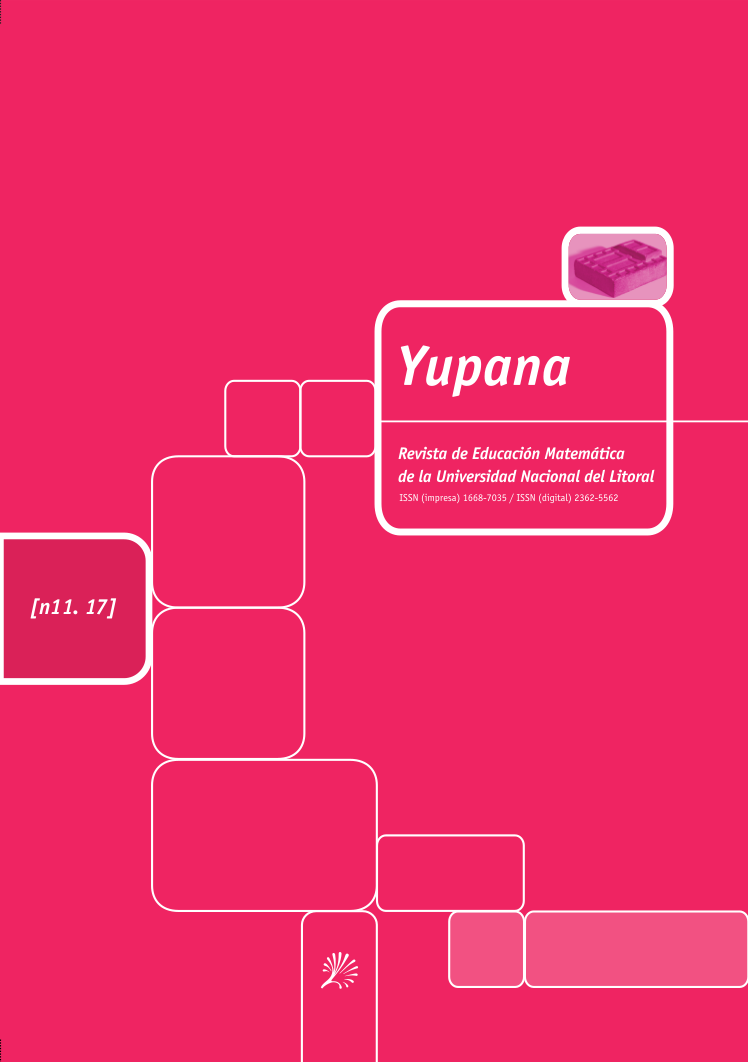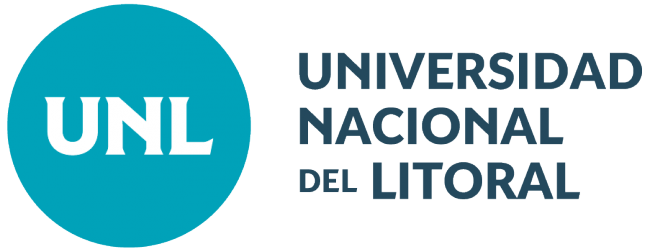Hacia la ampliación de sentidos del símbolo igual en los primeros grados de la escuela primaria
DOI:
https://doi.org/10.14409/yu.v0i11.8839Keywords:
teaching of mathematics, equal sign, primary schoolAbstract
In this article we present the advances of a study on children’s knowledge and didactic conditions for the treatment of additive problems that seek to extend the meanings of the equal sign as it is usually treated in primary school. We analyze the answers to a collection of problems proposed to first and third grade students that require analyzing the validity of equivalences between calculations, or between numbers and calculations and completing equivalences. The students had to determine the validity of those equivalences and justify their answers neither by making any calculations nor obtaining
numerical results. The chosen situations promote a sense of the symbol that generates a rupture with the more usual sense of school mathematics in the first grades. The didactic problem is analyzed in connection with different approaches and precedents. We focus on the answers and resolutions of the students including a detailed analysis of the errors and justifications written for each of the items of the problems. In addition, we share some contributions and reflections on the organization of the classes in order to generate spaces for the production of new mathematical knowledge.



